Self-heal (Prunella vulgaris), a Eurasian meadow mint turned cosmopolitan homesteader of temperate lawns and roadsides worldwide.
Collected at Sydney as early as 1802, in those first decades Self-heal was reportedly used in local folk medicine, continuing the country traditions of rural England. It was certainly cultivated intentionally, although it would have likely also been a contaminant in early shipments of grass seed. The speed that Self-heal spread through SE Australia points to the latter path as the primary vehicle for its distribution, the seeds otherwise not being adapted for long-distance transport.
As with so much else that was confused, lost and misunderstood in the aftermath of the invasion, Self-heal had been such an early introduction to NSW that there was recurring uncertainty among botanists as to its origin. In 1859, Hooker inventoried the species among those present both in Australia and England, without marking it (as he did with other plants) as having been possibly naturalised.
In Victoria, the species was collected at Yarra Flats in 1872 and from the Hume River in 1874. As in NSW, the plants were probably naturalising on cultivated and grazed land and roadsides throughout Victoria from the first years of the colony, and here too the species was described as native by experts who either hadn’t seen the place without it or for whom the early mechanisms of its intentional or accidental introduction had been invisible or unseeable.
By the 1890s, with Self-heal’s medicinal uses and European-ness fading from local memory, the plant became a frequent newspaper submission. Readers were concerned to identify the strange purple mint appearing on their land, with some fearing the plant responsible for stringhalt, a neuromuscular condition in horses later found to be caused by the yellow aster Cat’s-ear.
The species is spread as a contaminant in grass seed. It can also be spread mechanically by mowing and trampling, often explaining its pattern of presentation along lawns and roadside verges.
View Original Post on Instagram
Search for information about Prunella vulgaris in the Flora of Victoria
View information and occurrences of Prunella vulgaris on the Atlas of Living Australia
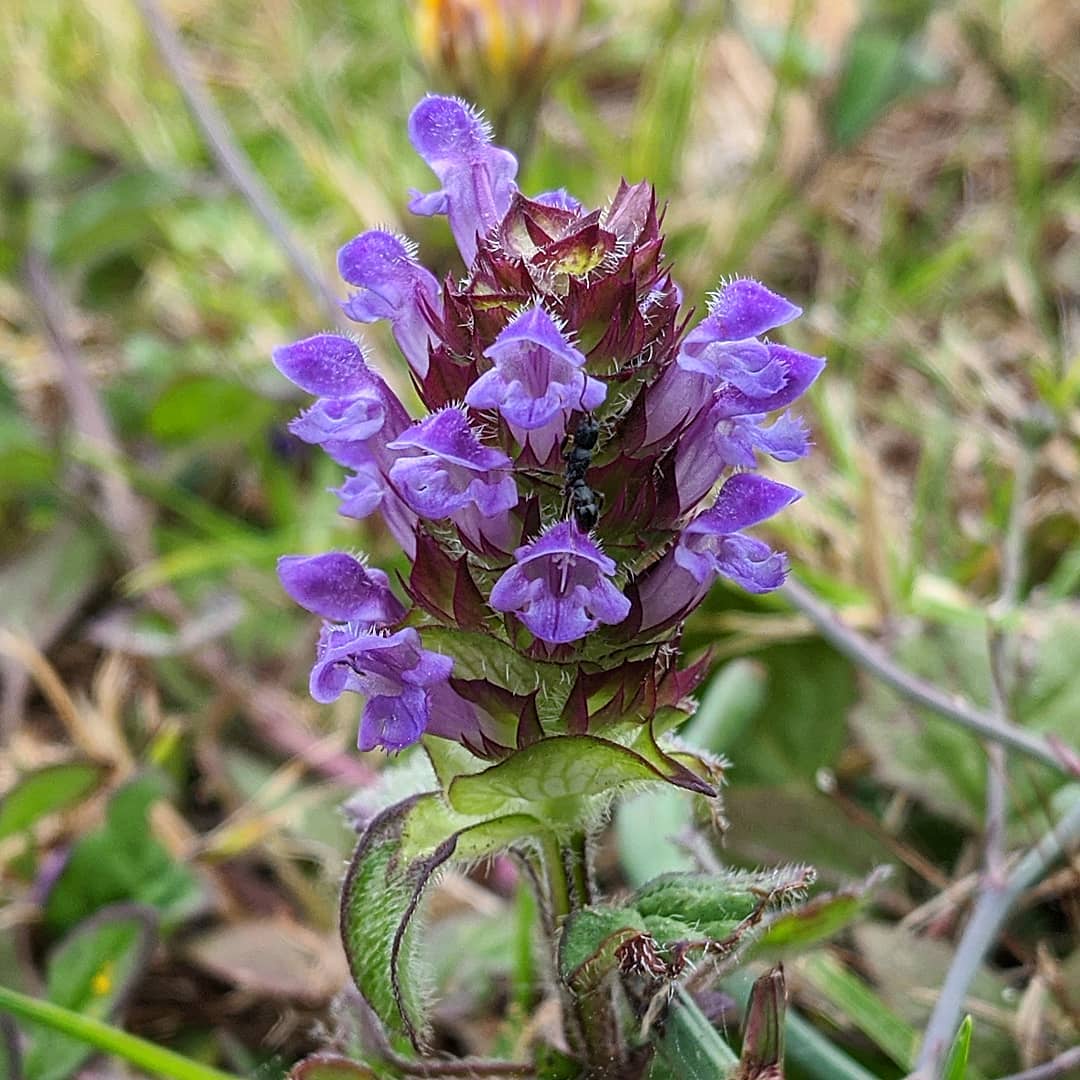
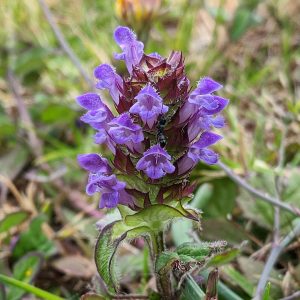
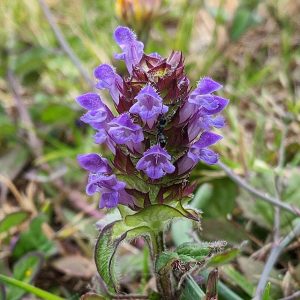
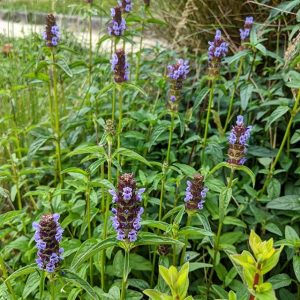
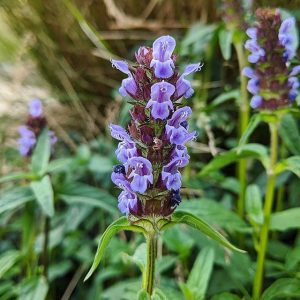
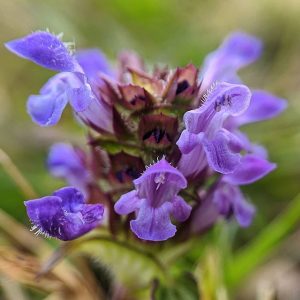
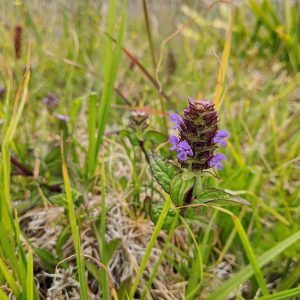
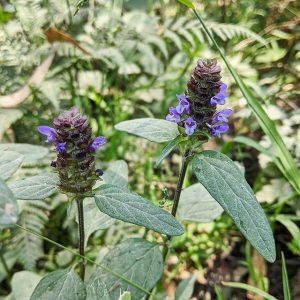
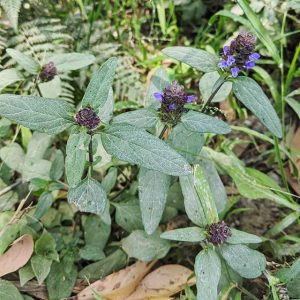
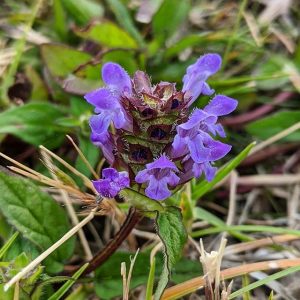
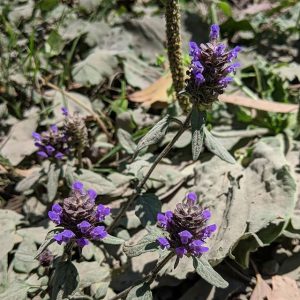
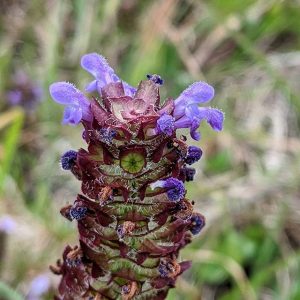
January 7, 2022 at 8:03 PM
It’s quite pretty until the flowers die, after which they stay there looking dead while the rest of the plant gets more and more shopworn-looking.
Easy to pull out.